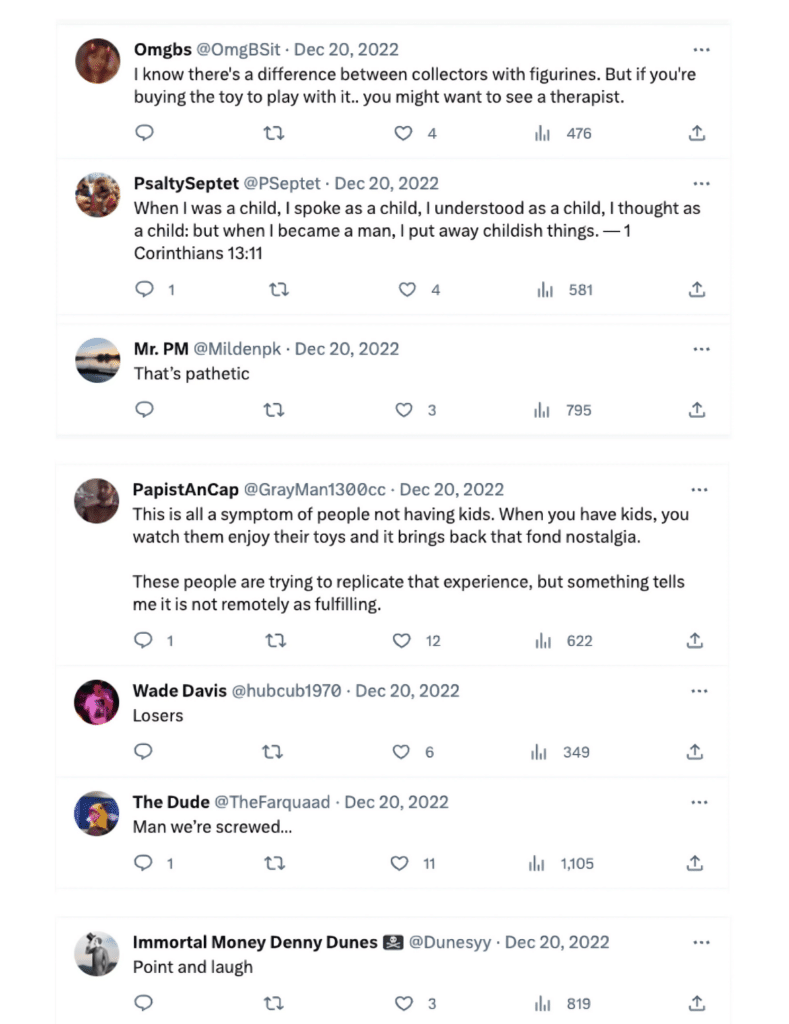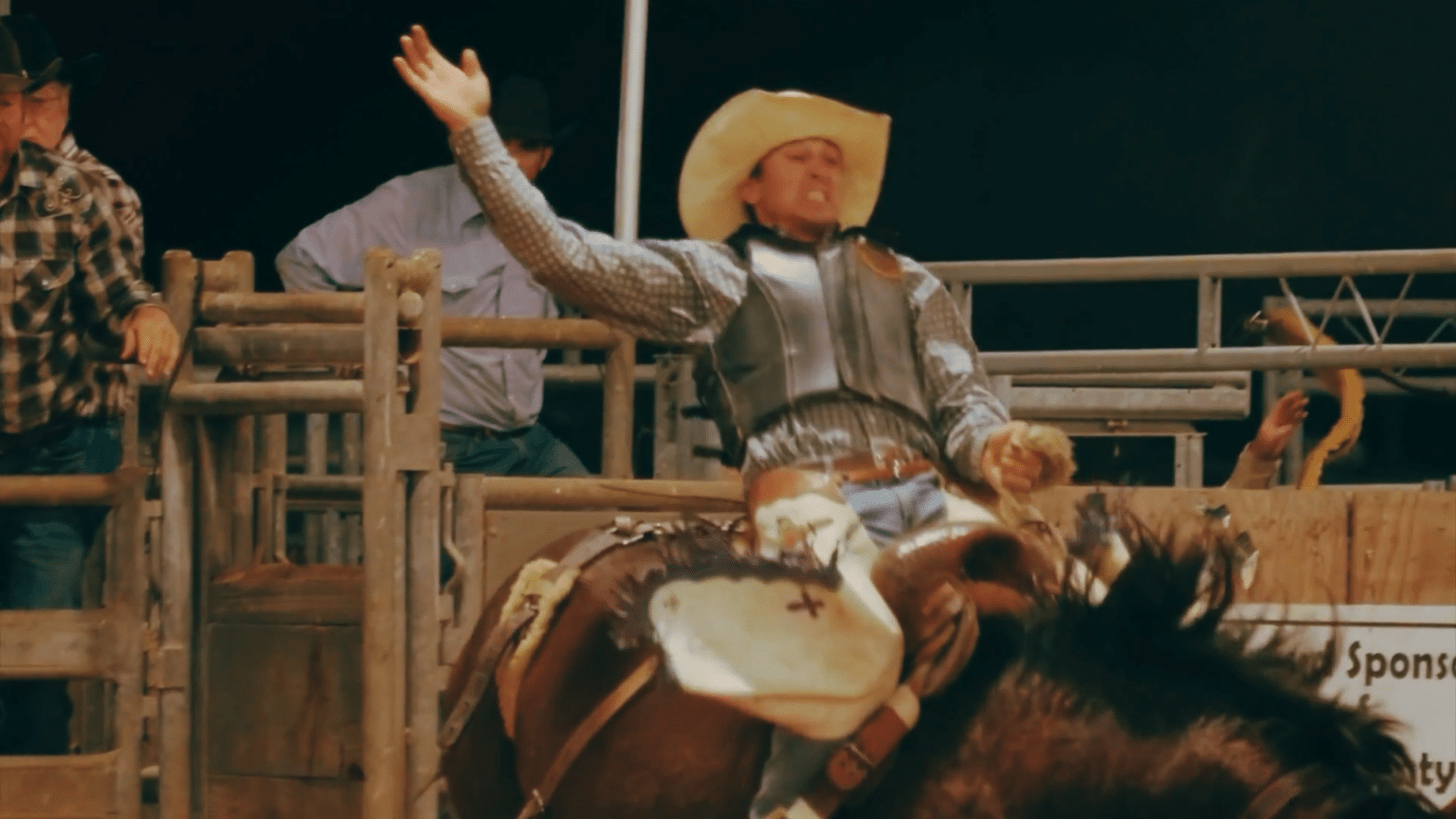I took my kids to Disneyland last weekend in 93°F heat. You can plan for the rides and check the weather, but something about that park always manages to surprise you. I know this because I grew up in Anaheim and Disney was my backyard.
The park has changed almost entirely in my lifetime. My favorite childhood attractions have been rebranded and ride operators crack sarcastic jokes now. The experience is largely mediated through your phone, with crowds are so thick you can hardly see the park itself.
But at the end of the day when the weather cools down and people take a load off on Main Street’s curbs and benches, you can spend an hour or two just people watching. And the people are one thing that has not changed.
There will always be teenagers on dates and packs of girls giggling in Minnie ears. There will always be Disney adults and out of state families consuming every ride and food with equanimity. There will always be people offering to take pictures and complementing each other’s niche outfit references.
I study culture for a living and I also know these same people are struggling with jobs and family and meaning. Many of them are anxious and burned out. But in the park, I also get to see how they play and open themselves to wonder. It’s a place where you see people let their guard down and be carried away, despite what headlines and research tell us.
The consumerism can overshadow it, but what you see at Disney is also just a very human attempt to stay connected to each other and ourselves.
That energy culminates on Main Street during sunset. If you sit there long enough, you start to see thousands of people move freely. Lighthearted but in sync. You start to feel a quiet pulse. Proof that in the macro, people always find a way to survive and find joy.
That pulse is getting louder in some corners of culture. Beneath the paralyzing shock of global change, we’re also seeing a quiet reanimation of daily life.
Cool People Who Play
Last March, adults overtook 3-5 year olds as the most important segment for the toy industry, with 43% of people over the age of 18 buying a toy for themselves in 2024. Toys are big business, and this is the first time in history that the business had a customer that could buy its wares without asking their parents.
Out of the top 10 toys adults bought for themselves, #1, #3, #6 and #9 were all some form of Squishmallow.
I’ve had a special interest in the rise of Squishmallows since I first wrote about them in 2023. It started when the Washington Post had published an article about a guy they dubbed “Nick” who was obsessed with the stuffed plushy toys, but didn’t want to use his real name for fear of losing his job.
If tweets about the trend were any indication, Nick was smart not to divulge his identity because people were vicious. In 2022, having an adult toy habit was akin to having a mental illness.
But my oh my, so much has changed in the last 2.5 years.
Major categories of adult gameplay, from boardgames to pickleball, have shot up. Suddenly it’s cool that actor Joe Manganiello is playing D&D in his homemade lair and the Critical Role guys have cultural cache, but the fact is they started making their millions a long time ago. Everyone is playing games for real now. Playing the way children would, getting lost in fantasy worlds without shame or apology.
There’s been a wholesale rejection of cynicism around play that was so apparent just a few years ago. Some stigmas may remain, but they remain the way avocado toast memes linger. Everyone knows the joke is based on a lie.
Adult play is increasing everywhere. Real play. Play that gets you in a flow state, with special rules and special energy. Play that no one thinks of monetizing or turning into a side hustle. We’re re-learning what it means to play simply because it fulfills a deep, human need.
This month in Exposure Therapy we’re studying the cultural catalysts of play and how it both builds the nascent norms of society and breaks them down. Play is deceptively powerful.
Play is how new cultures are born. Play is how we test out the new futures we may choose to pursue.
Ottawa, Canada has named its first-ever Nightlife Commissioner to bring play to the city after dark. In California, Santa Monica’s City Council recently approved a motion to convert its Third Street Promenade into an entertainment zone where (gasp!) you can drink alcohol outdoors while kids play lawn games. Multigenerational playgrounds, adult camps, empty lots converted into creative zones – when we play, we break and remake things.
The play that is emerging will turn into laws and social structures, because play always breaks out into the physical world around it.
Instagram therapists love to say that people who don’t know how to play as adults never felt safe playing as children. That checks out. Or maybe COVID sucked the spirit out of us. Maybe things feel too serious now. But you and I, dear reader, had better learn how to play again because it will improve every other part of our world and our lives.
Play is the starting point of everything we might want for ourselves.
Sydney Sweeney’s Used Bath Water
There are endless thinkpieces and TikToks on the death of social media, but it’s hard to really believe them until you look at the statistics.
The number of people using social has plateaued at 82% since 2021 and it’s not budging. Global minutes per day spent on social media have also plateaued and started to decrease. The numbers are still high but not going higher. Perhaps there was going to always be a ceiling. People still have to live and get things done.
At the same time, attitudes are shifting. More and more people are simply opting out of social, and you’ve probably seen it yourself. My community slack has been talking about this, and I’ve seen it first hand in psychographic research we’re doing for brands and their gen z and millennial audiences. People are increasingly anxious about touching social like it’s something toxic (Jonathan Haidt, no one knows how to name a catchy movement like you do).
Hyper-consumerism, parasocial worship, addictive trend cycles – I think there’s a real chance all of it has peaked. Yes, a changing economy and the enshittification of platforms are part of the equation. But these are also things we wanted to be free of. We’re very tired.
Sydney Sweeney has joked about selling her used bath water. That’s very Sydney Sweeney of her, because she’s made no secret of the fact that she wants to get those brand deals locked down while her star shines bright. You have to respect it.
Naturally, Dr. Squatch partnered with her to sell some used bath water in a bar of soap. The collab did what it needed to do and got lots of tweets and pseudo-discourse and will probably sell many units. But will anyone really care? Was anyone really scandalized? Is anyone truly bothered by what those soaps will actually be used for?
Social media has stretched our limits of caring. Our emotions are not infinite. At some point we have to turn off our phones and preserve what little fucks we have left.
It’s the same reason why the only people who think or care about Liquid Death activations are marketers. It’s why Hawk Tuah girl’s real crime wasn’t blatant financial fraud, but the fact that she didn’t call her crypto “SpitCoin”.
People are pulling away from social because social has given us everything it has to offer and it’s left us wanting. That’s great. It means we want something more meaningful and fulfilling, and now we have a chance at finding it elsewhere.
Working The Good Life
I once knew the founder of a VC studio who had a particular way of recruiting CEOs for the portfolio of startups he was incubating. He looked for McKinsey people in their late 30s who’d stalled on the corporate ladder, and were closely networked to crypto and tech founders with successful exits.
He was looking for someone who felt like they were losing, surrounded by people who were winning, because what he was really after in a CEO was someone with a chip on their shoulder. When you’re in the prime years of your career and you know that your next move is your last chance to prove your worth to your peers and the world, you have a different kind of hunger.
People in that world will always exist because the consulting-to-startup-founder pipeline is efficient and lucrative. It’s not bad or wrong. Everyone knows what the deal is and we all find happiness and meaning in different ways. People needing to prove themselves have benefited larger society since the beginning of time.
The issue today, however, is that hard work and reward are starting to decouple in some pretty fundamental ways. Or at least it looks like that, and perception trumps reality right now. If it seems like working harder, being more loyal, trusting the system or putting in your hours no longer promise greater economic or social capital, then it is a very rational response to de-prioritize work and reprioritize your life.
People feel the shifting landscape of work, but they’re also changing their perceptions of what it means to live a good life and putting work in its secondary place.
Across the U.S. and beyond, there are growing stories of Millennials walking away from conventional career paths to pursue simpler, more fulfilling lives. Major media have profiled burned out young professionals who quit big corporate jobs to move to rural areas or small towns. Sometimes it works, sometimes it doesn’t. But people are experimenting.
22.1 million Americans were working part-time by choice as of this past April 2025, which is nearly 5 times the number of involuntary part-timers. Researchers have been watching this trend for the past few years and attribute a growing portion of it to millennials choosing part-time work and more modest lifestyles in order to keep their mental health in place. Either people are getting lazier or the work-reward equation is so messed up that workers are recalculating their values.
Do you watch #tinyhome content? Do you pay for a #vanlife Patreon like I do? Unfortunately our shared interests are not that special. These two trends in particular have had massive success, and if you read the reddit threads, it’s because they breed the modern fantasy of minimalism and mobility.
While Mr. Beast (who now has more subscribers than Netflix) recently had a leaked memo that reads like a manifesto for audience capture, dearly beloved creators like Outdoor Boys have decided to walk away from money and fame in order to raise their families and live more normal lives. We thought Luke posted because he loves us, which he does, but it was good to be reminded that he loves his kids and sanity more. RIP my favorite channel.
The renegotiation of work and life is a sign of our adaptability. Never underestimate peoples’ ability to find non-obvious ways of making life work. Change is deeply disruptive at first, but then we slowly learn to control our emotions around it. We can’t slow it down, but we can learn to not let it overtake our nervous systems. For many, the first and best way to do that is to change the meaning and significance of work.
A Cultural Audit of Vitality
Sometimes our industry thinks the best way to understand where culture is headed is to study what’s dying. That sounds silly when I write it down. To know culture you have to track what’s coming to life.
Positive signals are indicators of emergent systems and where new values are starting to take root. They’re where energy is gathering for what comes next. If you only study what’s on the doomscroll, you miss the cultural infrastructure that’s being built right under your feet.
Within minutes of walking into Disney one of my kids asked, “Is there a Netflix-land?” (I swear my kids don’t watch that much TV.) He doesn’t know about nostalgia or why a streaming service with no IP might have trouble getting people to spend a fortune on long lines and churros. He thinks that if something plays a role in life, it should show up in the world, too.
When something begins to matter to us, we start looking for it in the world around us. We want to see it echoed in our spaces, our systems, and in the ways we come together. That desire is subtle but powerful. It shapes how culture moves forward, often long before institutions catch up.
The signs of life aren’t usually loud or spectacular, but they are persistent. I don’t think you have to be an optimist to see them, but you do have to be brave enough to look past the naysayers.





